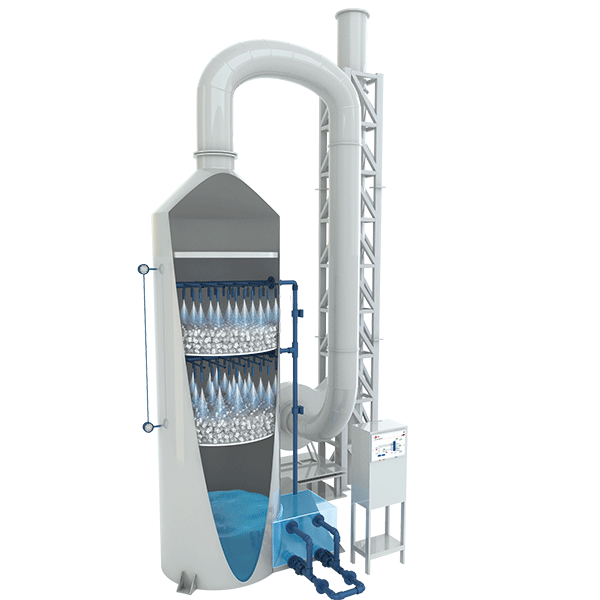
2024-10-19
Shipping has been a part of human civilization for thousands of years, it can be traced back to the Egyptians. And has developed since then ever since. From the small wood ships to the steam ships over to internal combustion engines. I want to make this post because after my deep dive on how the oil industry works and how oil drilling and wells in general work I wanted to learn more about shipping.
So I have been going through some shipping stocks to get a better overview of how they operate. The first part I want to go over is how and which information they are showing when displaying what kind of ships they have. Scorpion Tankers has 110 ships, each ship has its unique name like Soho, Battery, Ruby, and so on, and before that, their symbol in Scorpion Tankers' case is STI. After that, the year built and the DWT (deadweight tonnage), so how much tonnage it can haul. Then they list the Ice class, which states the rating they have for operating in ice conditions; PC1 is the best, and after that, there is IA, IB, IX. Then they list the vessel type. Scorpion currently has Handymax, MR, and LR2 vessels. I will go over more types later. At the end, they also list if the ship has a scrubber or not.
A scrubber is a device which is installed on ships which will take the exhaust gases and with seawater filter out sulfur oxides and nitrogen oxides which will then either get dumped back into the sea in an open loop system or stored on board until the ship is back on land. All ships need to have a closed system until 08.10.2024 and for a VLCC class the retrofitting cost is about 2m dollars.

Now in the shipping industry there are different types of ships for different use cases, there are container ships for hauling general containers. General cargo ships which often have their built-in cranes for more specific cargo. Tankers for oil, LPG, LNG, or other types of chemical products. Dry bulk carriers which carry stuff like wheat, cement, sugar, iron, coal. Some more special ships are reefer ships for temperature-controlled goods or roll-on roll-off vessels, but there are many types of specifications. The container ships are in TEU (Twenty-foot Equivalent Unit), so the amount of containers they can carry.
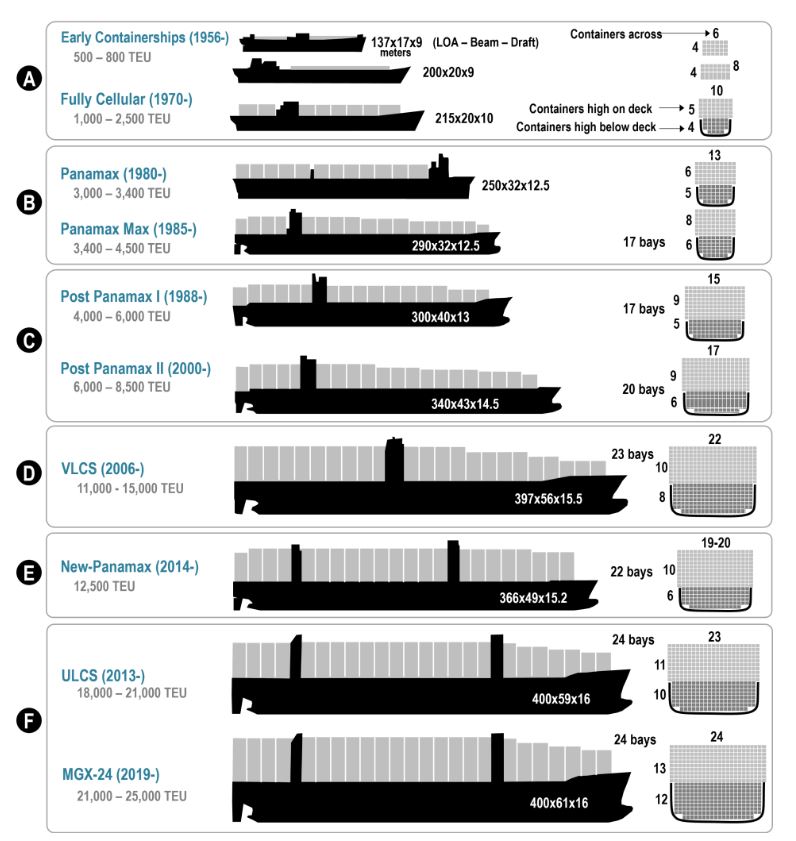
Each type of ship has its own classes, I will only look at the classes for the tankers and container ships.
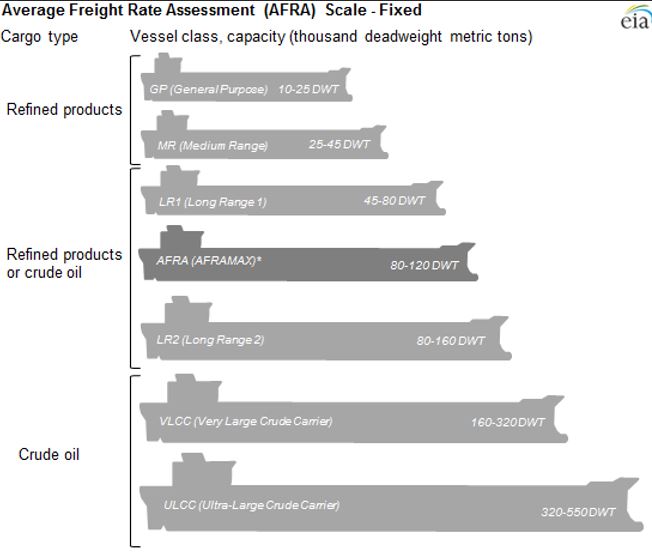
In February of 2024, 38.3% of all crude tankers were in the VLCC ULCC range.
The International Maritime Organization (IMO) sets the standards in the shipping industry, like for example emissions in their Greenhouse Gas Protocol strategy (GHG). It wants to reduce shipping emissions by 20% - 30% until 2030 compared to 2008, as well as at least 70 – 80% by 2040. With the current fuel, this cannot be achieved, so they are encouraging innovation for alternative fuels. Fossil fuel-based energy like oil, natural gas, or coal saw their share declining from 86.9% in 2011 to 82.3% in 2021. Propelling ships with LNG (which still is a fossil fuel and as well not the cleanest) would require a lot of capex, currently only ships that transport LNG are able to use LNG as fuel. If we are looking at IMO standards, this might as well affect the amount of crude being transported where with the growth of EVs less crude for further refining for cars will be needed—but currently, refined petroleum demand is still high with the usage, for example, for jet fuel.
First, let's go over the price for a new vessel sorted by DWT.
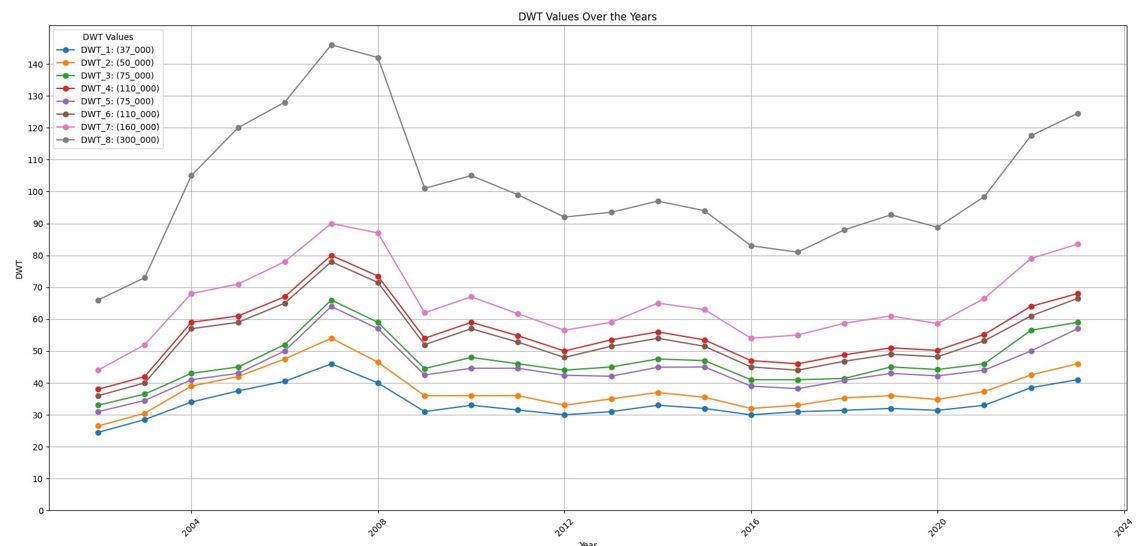
As you can see right before 2008 the prices were really high and now are rising again, for a 5-year-old vessel it's a bit cheaper.

This is the % difference of how much cheaper a 5-year-old one is compared to a new one in respect to its DWT.
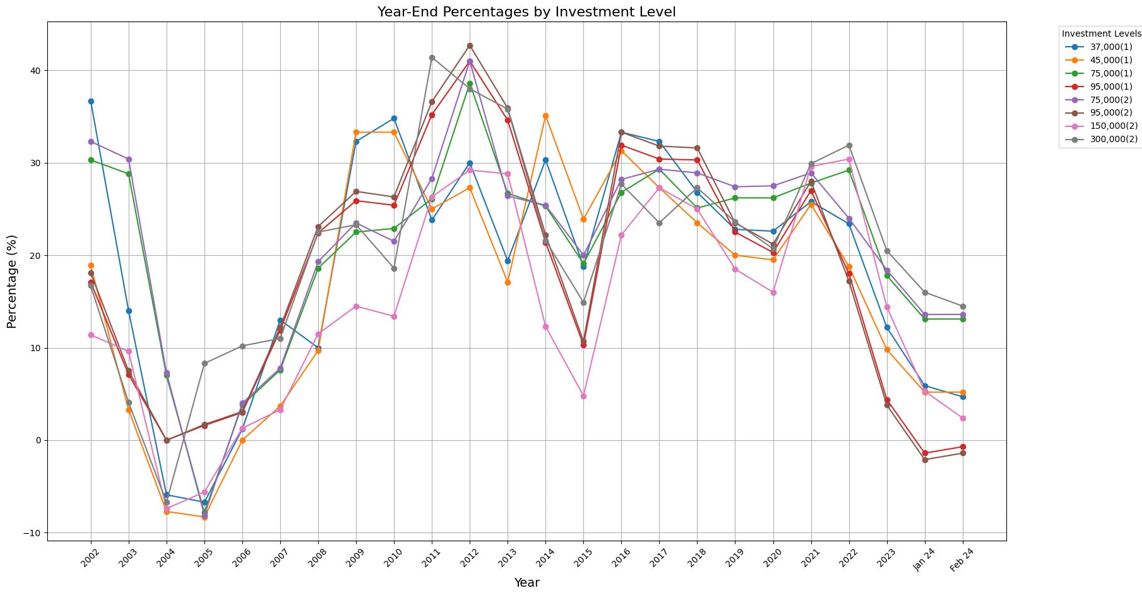
You would have gotten the worse deal if you would have bought a 95k vessel in 2007 and then in 2012 you would have lost already 40% of its value. This is the rate for renting a vessel per day.
I will keep it at that for now
Thanks, Finn